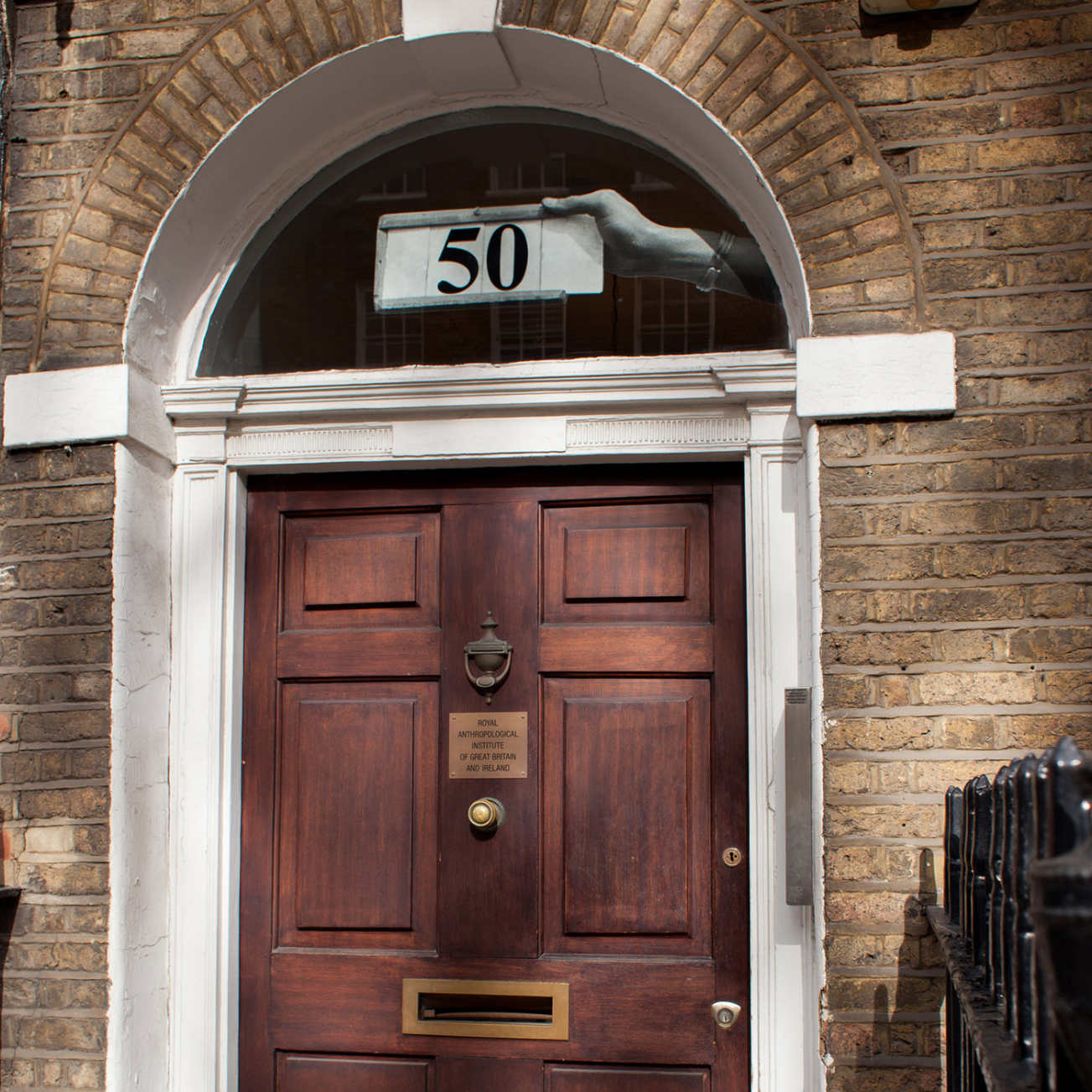
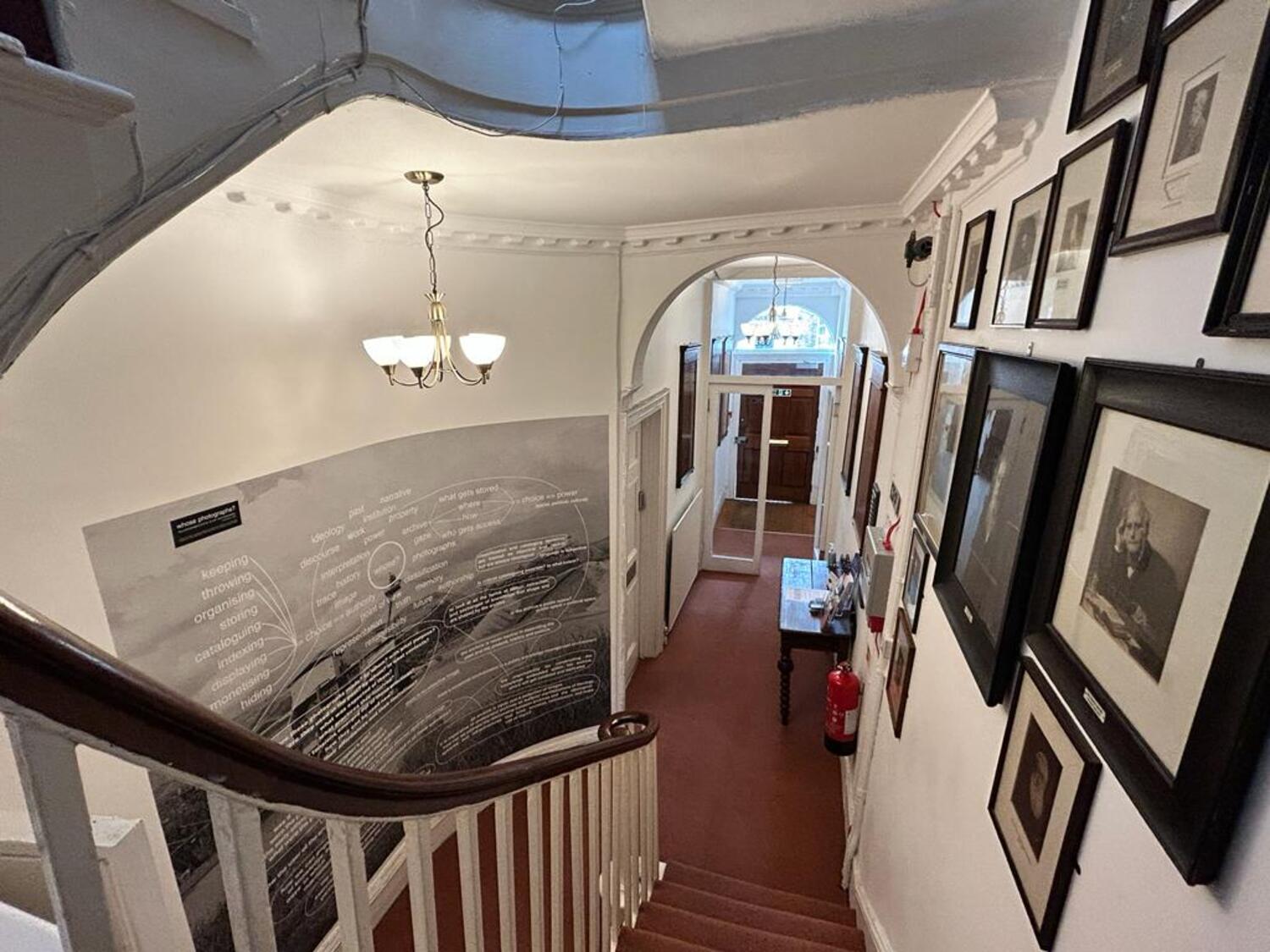
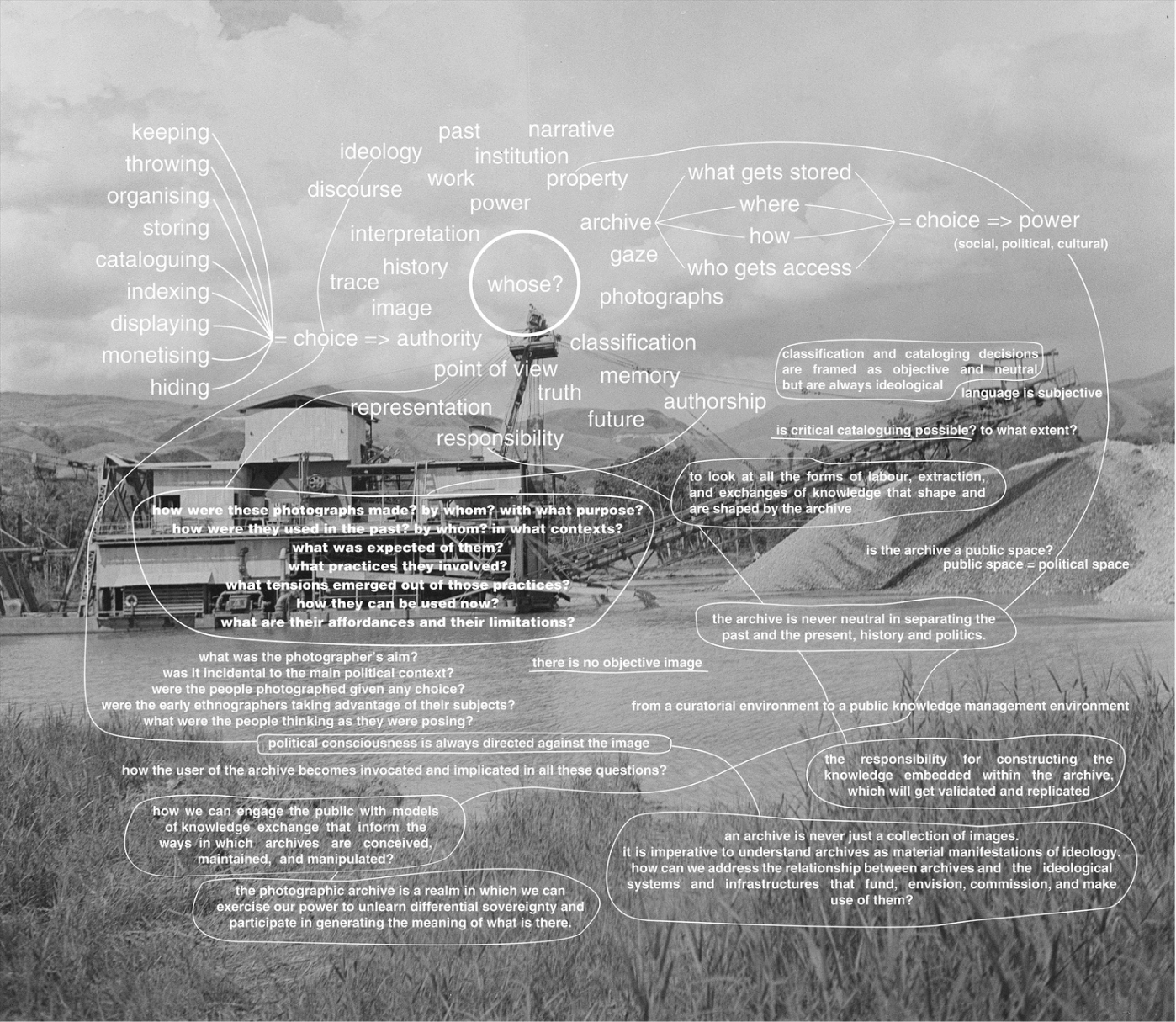
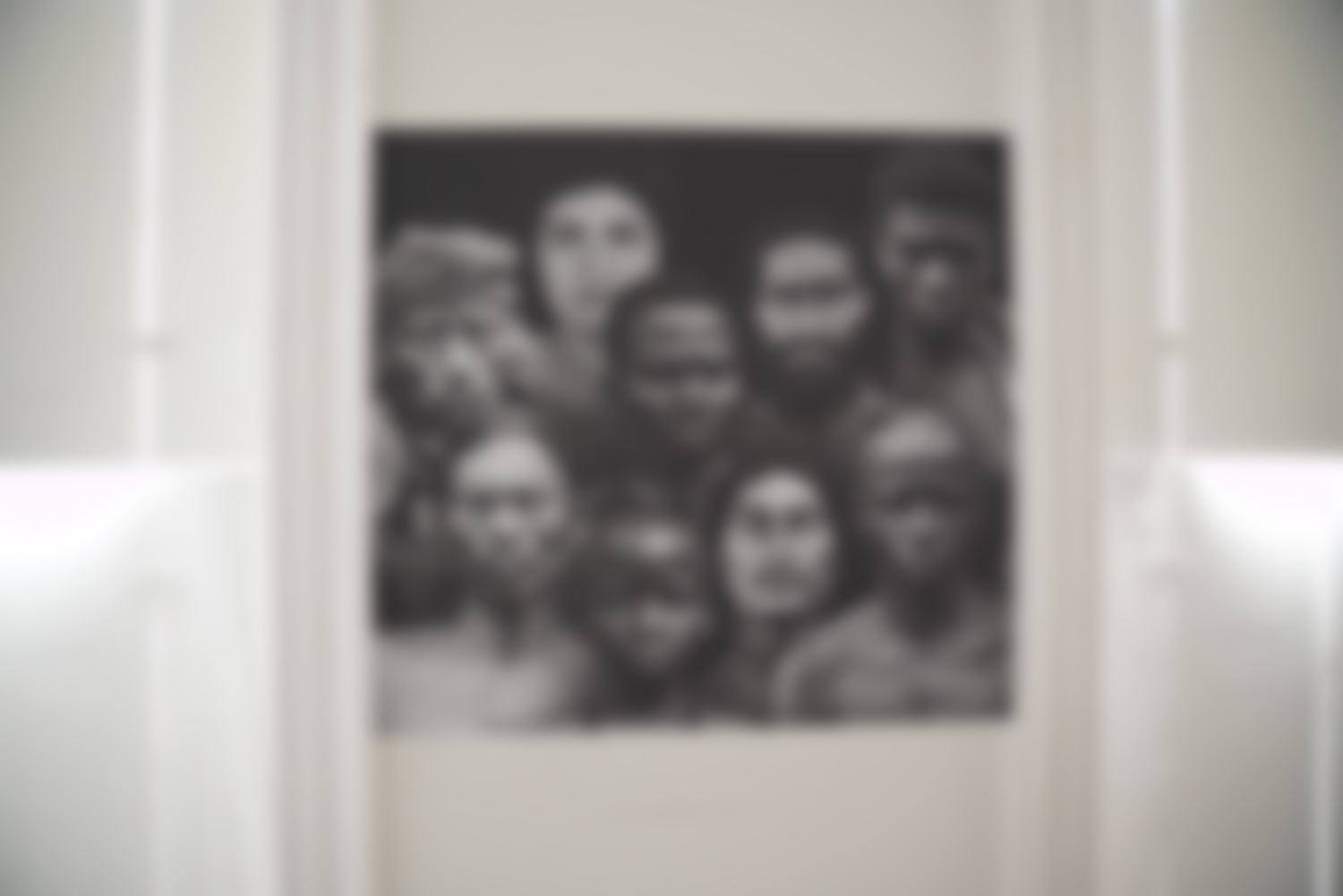
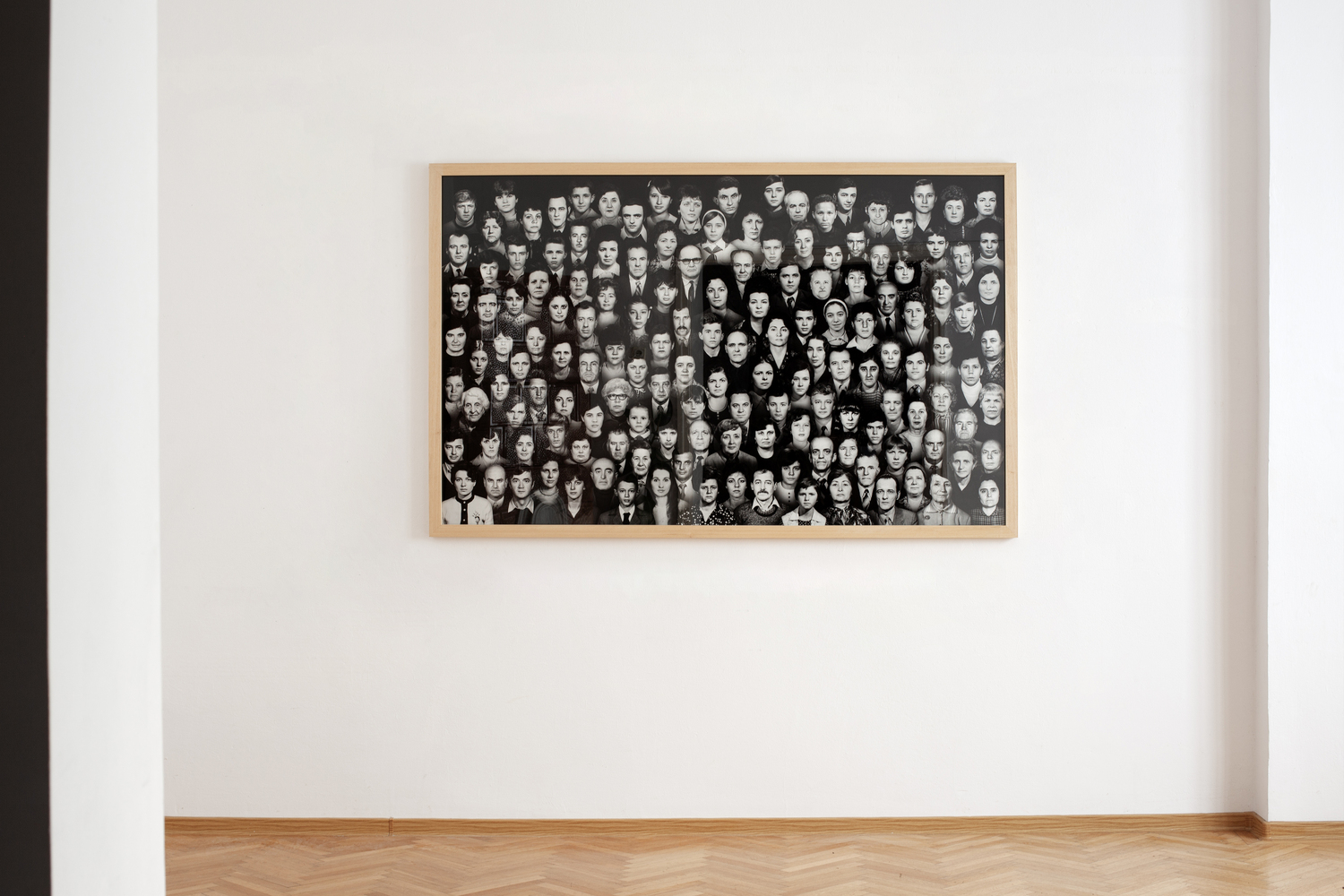
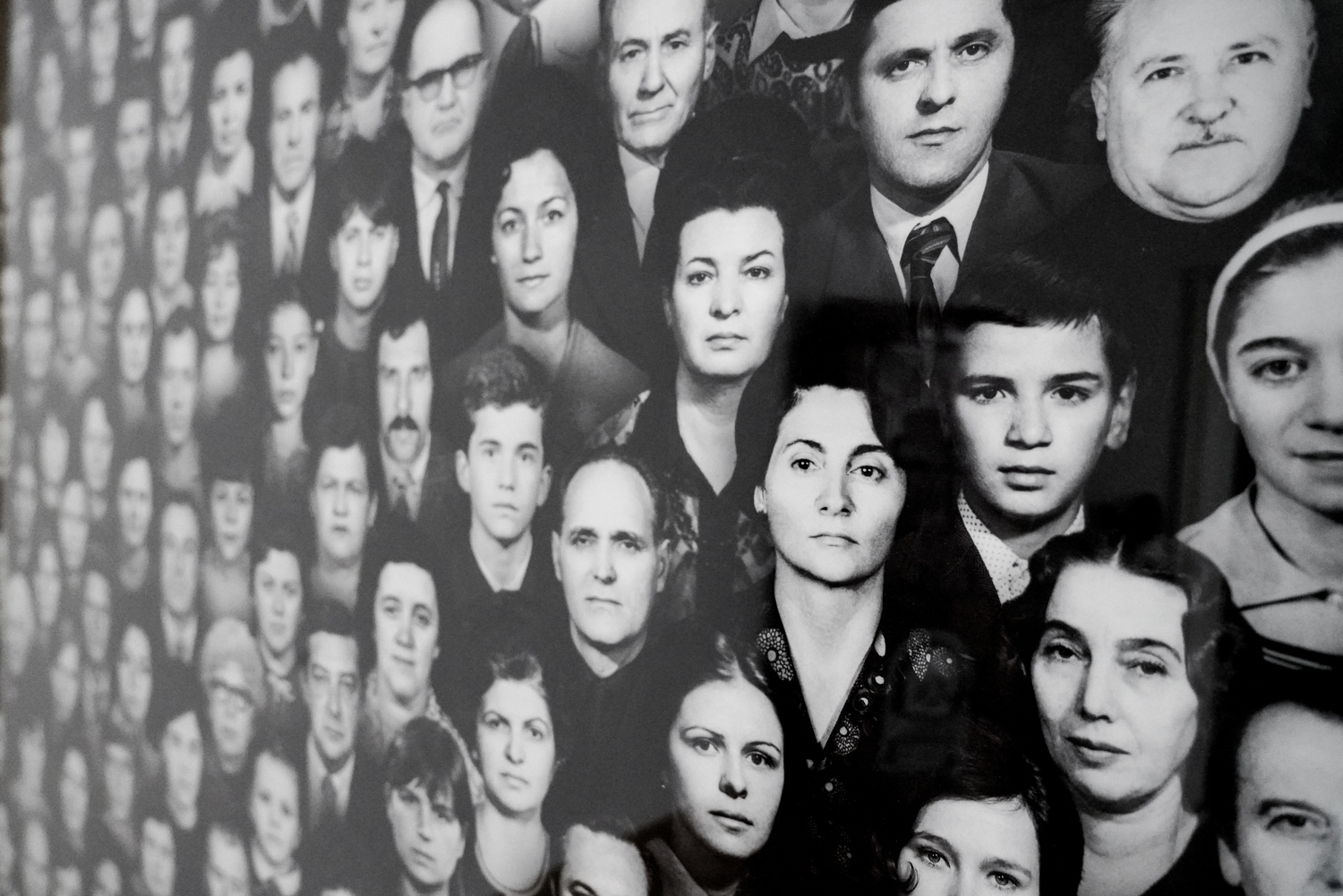
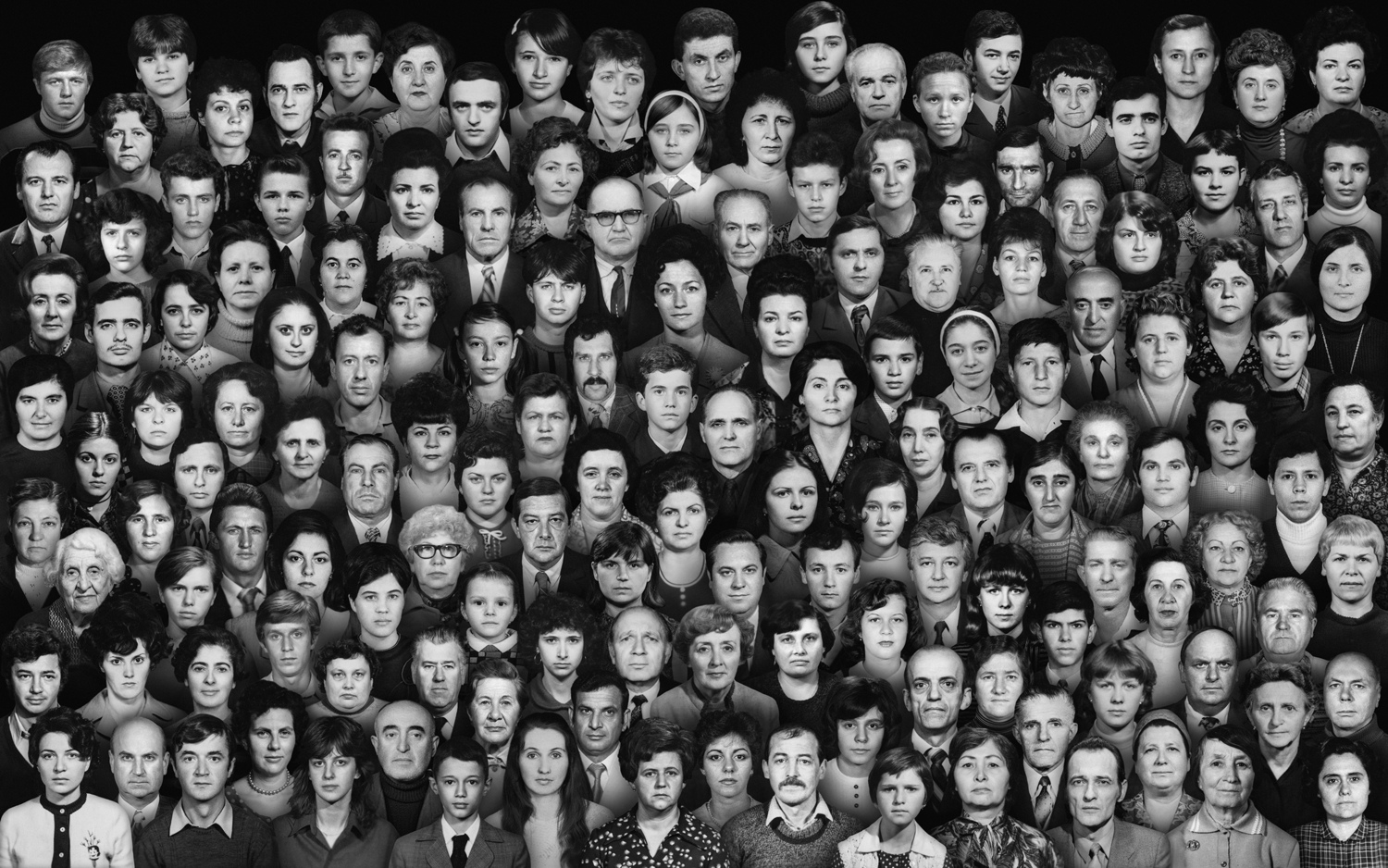
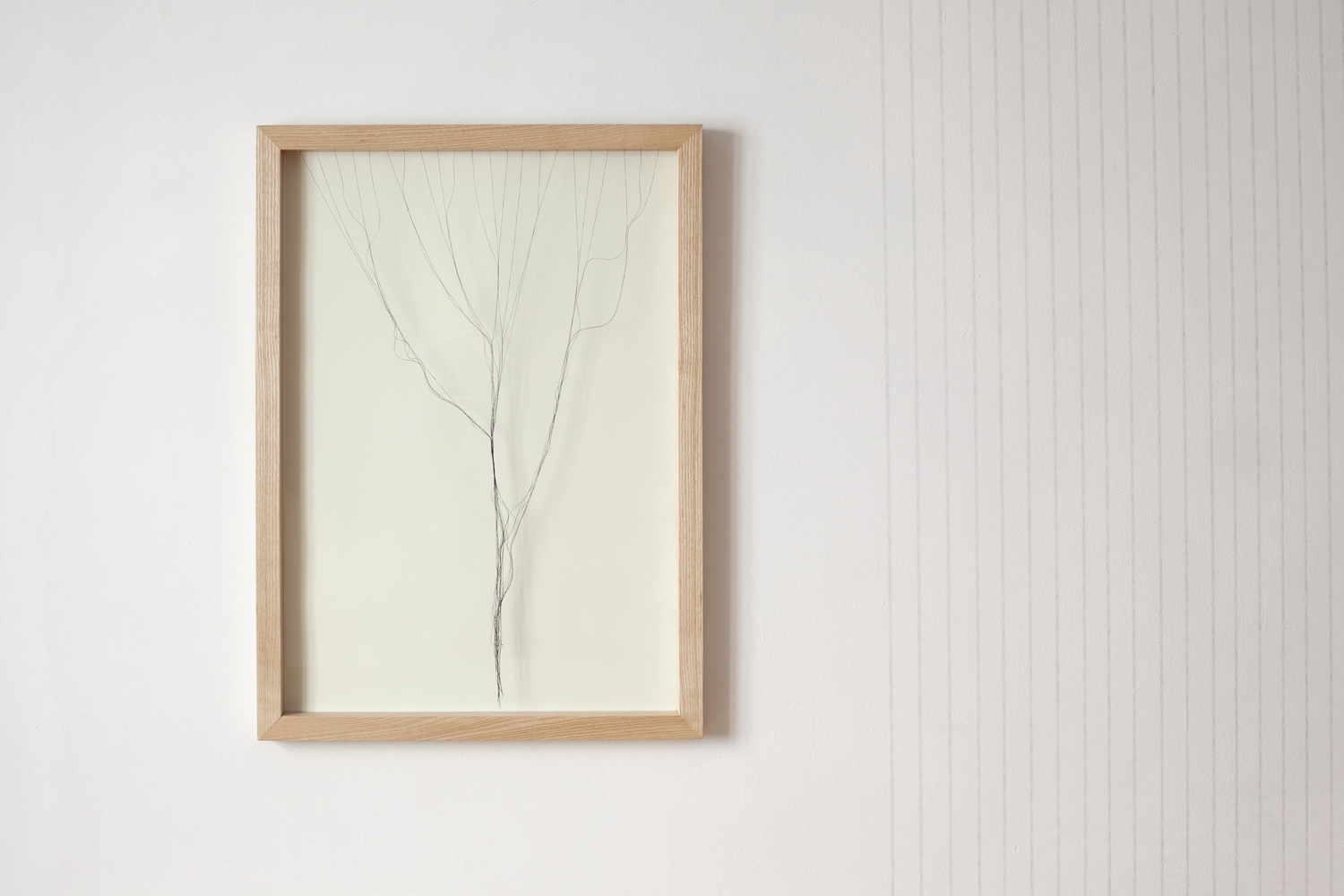
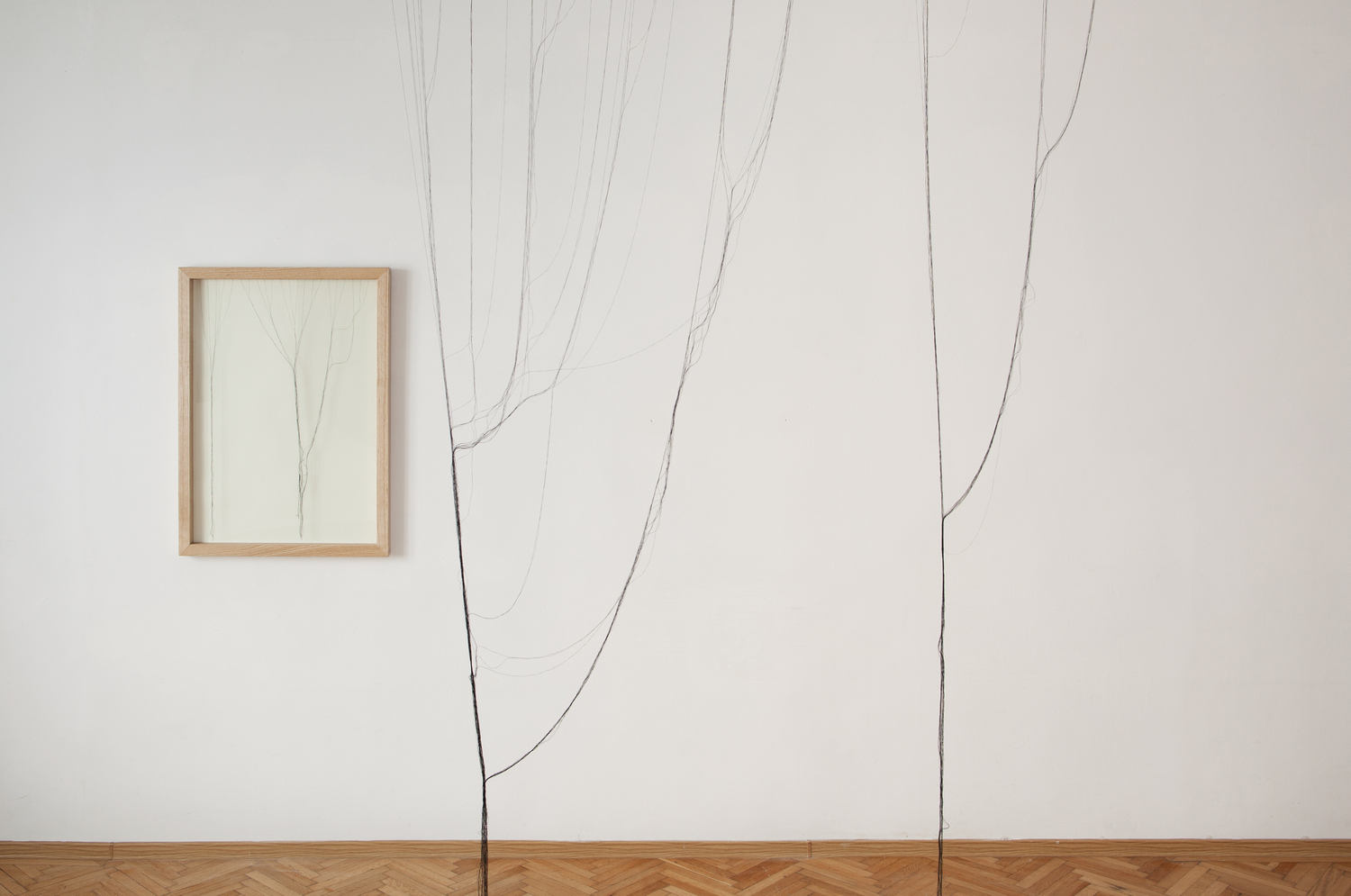
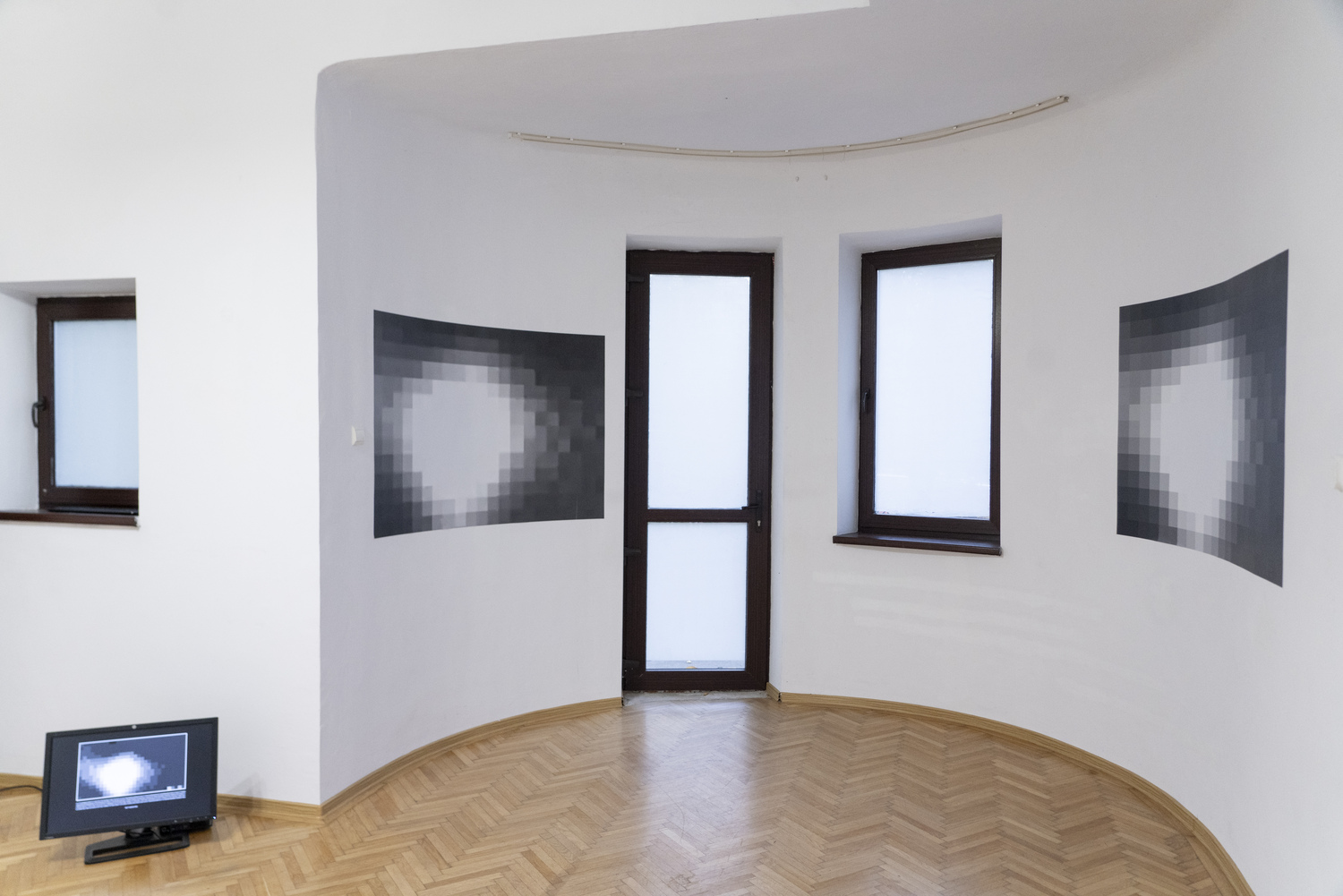
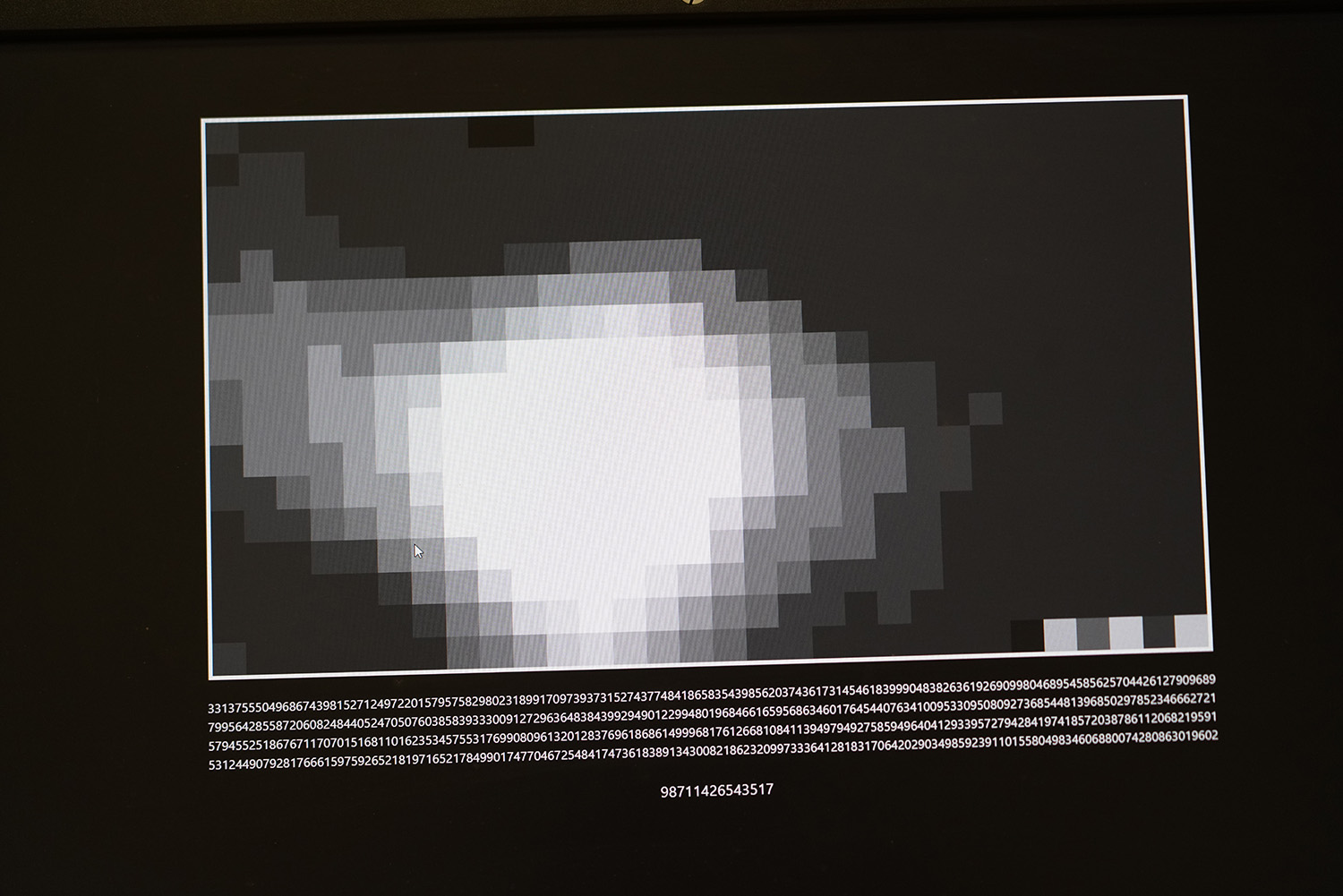
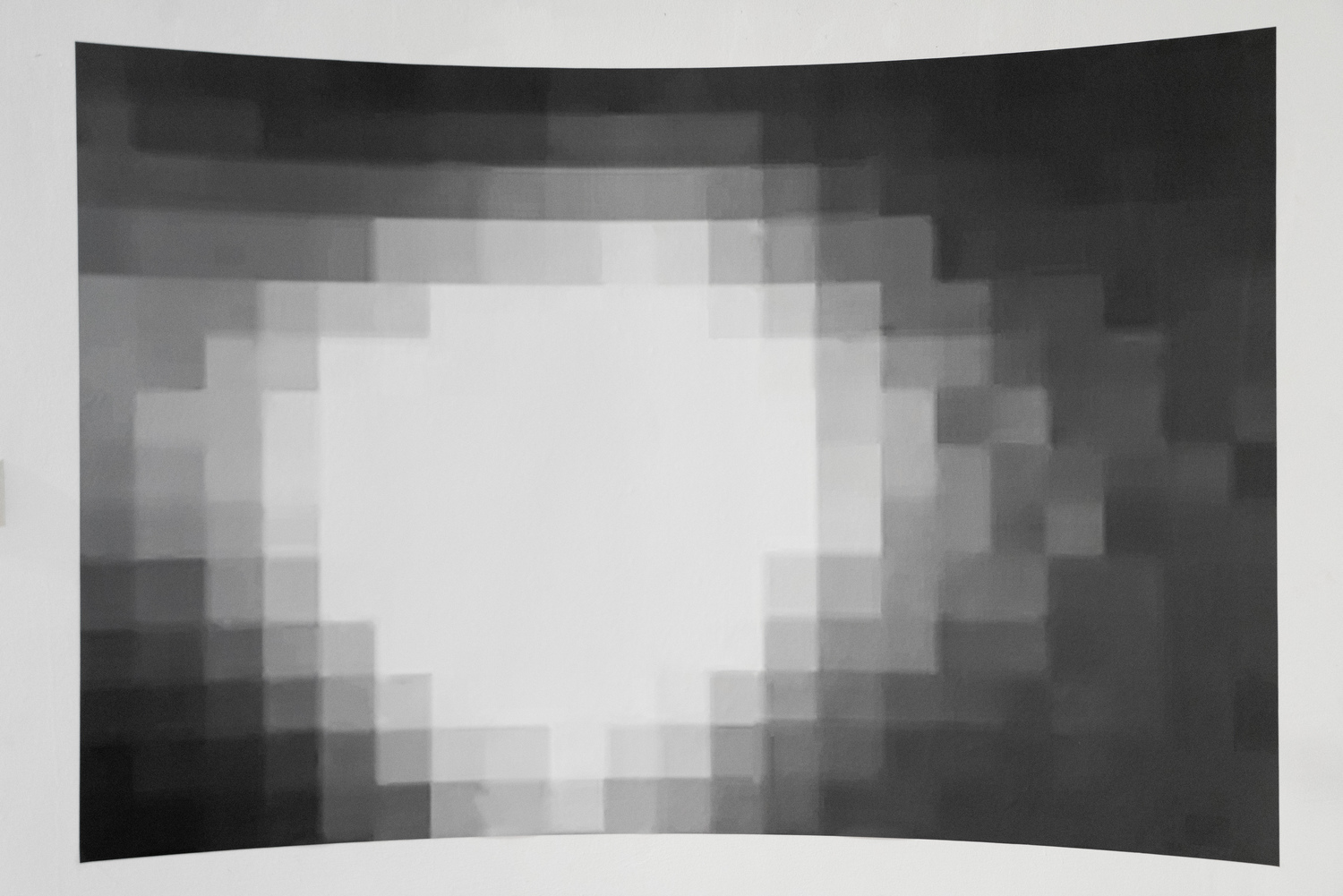







Andrei Nacu
GRID
September 09 - October 14 2023
Royal Anthropological Institute, 50 Fitzroy Street, London
October 25 2023 - January 30 2024
GreenHouse/ tranzit.ro/Iași, Str. Sf. Atanasie no. 25, Iași
Curator: Adrian Bojenoiu
GRID is an exploration of the digital culture of imagery and representation, based on a collaborative research project by artist Andrei Nacu in partnership with the Royal Anthropological Institute (RAI) in London and the Multidisciplinary Research Institute in Art (ICMA) at the "George Enescu" University of Arts, Iași. The project culminates in two exhibitions hosted by RAI London and Tranzit/Iași, and produced by ElectroPutere Gallery.
This project focuses on specific aspects of image production, using an imaginary scale like the grid, which appears both in anthropometric photography and contemporary digital image production aimed at mapping and representing the world. Andrei Nacu’s works serve as complementary discursive forms, thematizing new types of image production within digital capitalism and an ostensive ideology marked by sociopathy, hyperproduction, and accelerationism. It reflects a new paradigm of vernacular photography, which has abandoned the materiality of family albums and transformed into a digital avatar.
The exhibition underscores the conceptual and material limitations of visual representation through both image and presence. The artworks highlighted emphasize the affective and psychological aspects of visual language, driven by the desire to search for and reveal the "ultimate image" (the total image), as well as the limits imposed by the finite and constantly changing frame of matter and representation. GRID challenges the capacity of art to create discursive forms through the energy of artistic and curatorial reflection, questioning the context of contemporary art and the culture of image production and display.
In the mid-nineteenth century, the emerging field of anthropology eagerly embraced the equally new practice of photography as a tool for comprehensive documentation of its subjects. The individuals captured in these photographs were deeply embedded in an exploitative and marginalizing political and economic context, with interactions with photographers often forming part of colonial encounters. Anthropometry employed photography to mimic scientific representation, isolating subjects against simple backgrounds or using grids to superficially measure physical traits. These images were integrated into a pseudo-scientific project of classifying people according to racial categories.
In recent decades, contemporary anthropologists have shifted their focus to colonial archives, questioning their relevance in the present historical moment. These explorations have shifted the discipline’s methodology from a perspective of “reading” photographs as documents to extract historical information, to a more comprehensive approach that understands how photographs embody political consciousness—not only in the context in which they were created, but also in the places they occupy today.
This project advocates for considering the subjects of these images as active participants in contemporary discussions on archives, their use, and the responsibilities inherent in the knowledge production process embedded within these archives. It also aims to encourage further investigations into how these images can contribute to a process of political emancipation that transcends temporal, spatial, or other forms of separation.
Azoulay theorizes photography as a source of potential history. She argues that the shutter draws three dividing lines: in time (between a "before" and an "after"), in space (between who/what is in front of the camera and who/what is behind it), and in the body politic (between those who own and operate such devices and appropriate and accumulate their product, and those whose appearance, resources, or labor are extracted).
Everything is designed to ensure that those affected by the shutter will no longer be able to reunite with others that the shutter has confined to different spaces and categories. Today, contemporary anthropology works to close this gap of separation. This approach rejects the rhythm of the shutter, which has produced endless separations and infinitely missed encounters. It is an attempt to engage with those relegated to the "past" not as "primary sources," but rather as potential companions. As Azoulay states, "Potential history is a way of being with others, both the living and the dead, across time, against the separation of the past from the present, colonized peoples from their worlds and possessions, and history from politics."
By bringing all these people together, into the present, a collective subjectivity outside the grid is created. This means connecting what anthropometric photography fundamentally separates, building a bridge over the normalized divide between the "others" dispossessed by imperialism and the materialization (in institutions and infrastructures) of the imperialist mechanism of division that indiscriminately possesses our world.
Andrei Nacu (b. 1984) lives and works in London, UK. His artistic practice involves documentary photography, family albums, and photographic archives to create projects exploring the intersection of personal memory and social history. His recent works include video, installation, and performance, focusing on the politics of representation and media archaeology. Nacu studied photography at the University of Wales, Newport, UK, and at the "George Enescu" National University of Arts in Iași. He currently works as a Photo Curator at the Royal Anthropological Institute, London.
Graphic design: Daniel & Andrew
Cultural project co-financed by the Romanian National Cultural Fund Administration (AFCN)
Partners: Royal Anthropological Institute London, Institute for Multidisciplinary Research in the Arts (ICMA), Revista ARTA, ARC Gestaltung